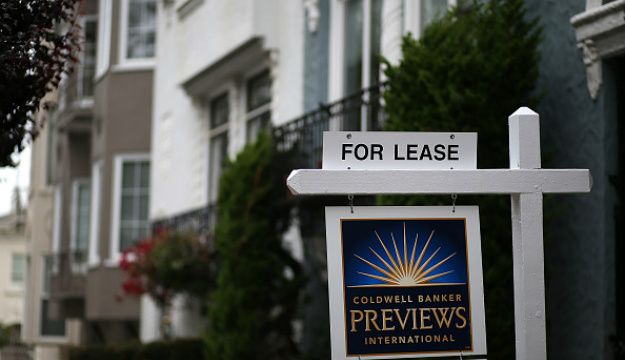
Residential Tenant Protections
At a Glance

Type: Renter/homeowner assistance
Where tool is used: Jurisdiction-wide
Timeline: Short-term
Who implements: Jurisdictions
Residential tenant protections refer to a continuum of services aimed at supporting tenants of rental properties and keeping them in their homes. Local governments’ tenant protection measures may include one or more of the following policies and programs:
- Minimum lease terms: Policies requiring landlords to offer prospective tenants a written lease for a minimum of at least one year. The lease must set a certain rent, but the rent is not otherwise controlled. At the end of the lease term, the landlord must offer another one year term. The following cities have adopted minimum lease terms for at least some kinds of tenants:
- Inspections programs: Inspections programs are aimed at ensuring the health and safety of apartments and other multifamily properties, and addressing potential problems due to garbage, vermin, mold, deferred maintenance, and other conditions. San Mateo County has funded the Environmental Health Enhanced Apartment Inspection Program to annually inspect buildings with four or more units that have the most tenant complaints.
- Tenant-landlord mediation: Ordinances that offer or require mediation of rent increases above a certain level. Some jurisdictions provide access to mediation for other non-rent issues. San Mateo County has provided funding for Project Sentinel’s educational workshops, multilingual materials on landlord and tenant rights, and toll-free help line: (650) 399-2149.
- Just cause evictions ordinances: Policies stipulating that landlords may only evict tenants for specifically stated reasons (“just causes”), e.g. failure to pay rent, violation of lease terms, substantial renovation, and owner/family member occupancy. Just cause eviction ordinances often accompany rent stabilization ordinances. East Palo Alto has a just cause evictions ordinance.
- Relocation assistance: In the case of “no fault evictions,” e.g. for owner occupancy, some jurisdictions require landlords to provide relocation assistance. In Mountain View, the ordinance requires assistance paid only to tenants at or below 80% or area median income. Other jurisdictions may require relocation assistance during the conversion of rental housing to condominiums or in the event of tenants being evicted from substandard housing. The following cities in San Mateo County have adopted relocation assistance for at least some kinds of situations:
- Rent stabilization: Ordinances that cap the allowable rent increases each year at a given percentage, designed to protect tenants from significant rent increases during their tenancy. Under State law (Costa-Hawkins, 1995), housing constructed after February 1, 1995, single family homes, and condominiums are exempt from local rent stabilization ordinances, and upon new tenancy, landlords may impose any rent they choose.
- In San Mateo County, East Palo Alto is the only jurisdiction with a rent stabilization ordinance. However, East Palo Alto, Brisbane, Pacifica, and San Mateo County have rent stabilization programs specifically for mobile homes.

Key Benefits
- In general, residential tenant protections can help to provide stability to tenants and neighborhoods, particularly in markets with low vacancy rates and rapidly rising housing costs.

Community Considerations
- Any type of tenant protections must be carefully designed to balance assistance to tenants and landlords’ property rights. Jurisdictions considering tenant protections should analyze and review potential impacts on both tenants and landlords before enacting any regulations.

Community Engagement Strategies
- Educate your community: In jurisdictions considering adoption of a tenant protection policy, provide talking points and materials to summarize the pros and cons of each policy.
